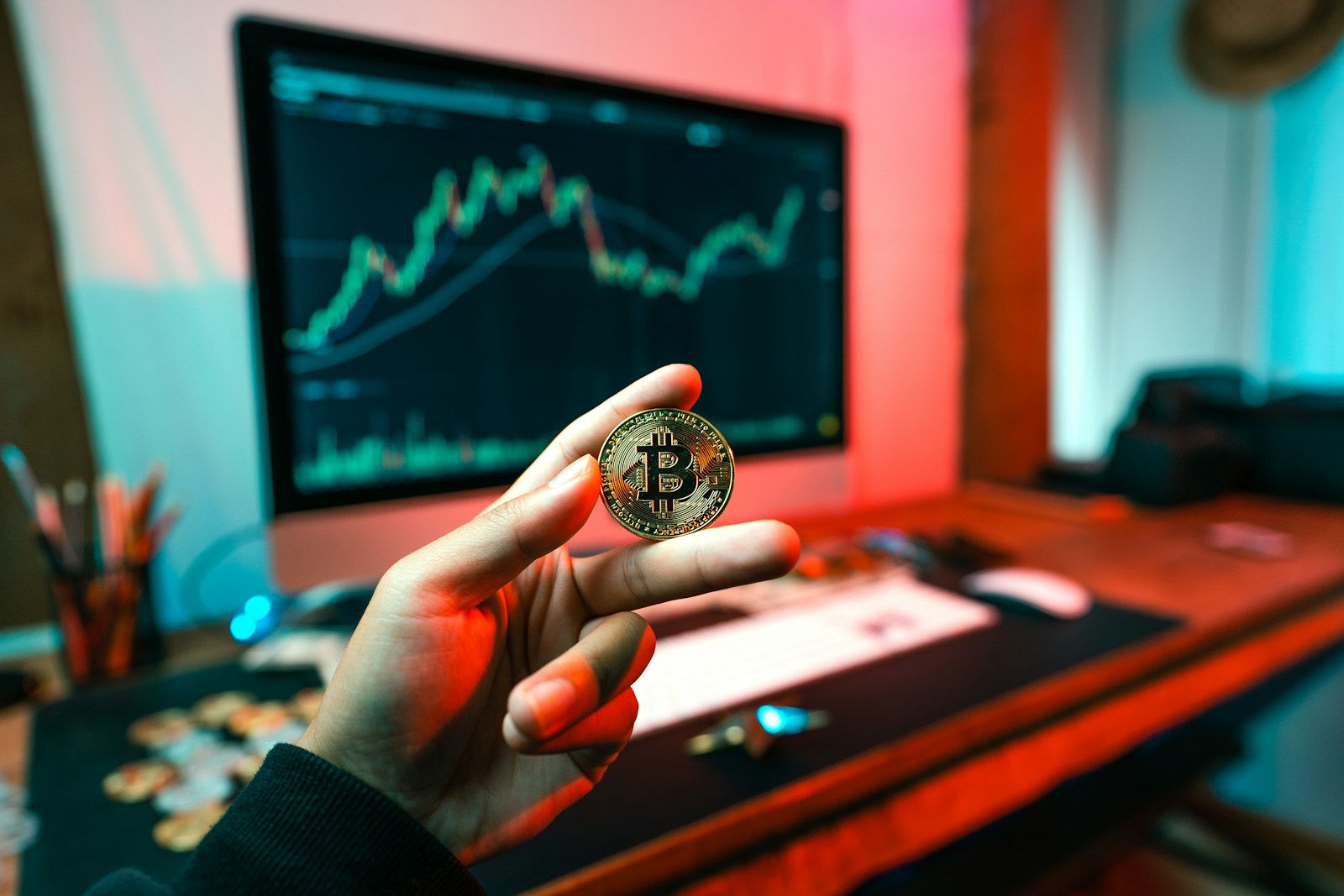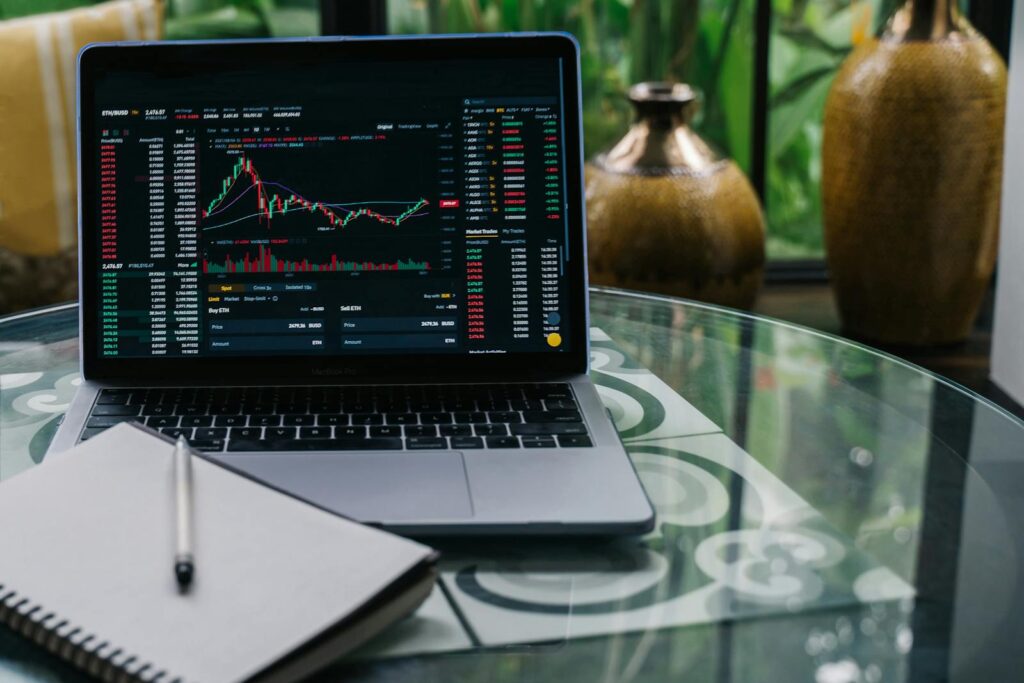Trading isn’t just charts and numbers—it’s a mind war. The market doesn’t care about your strategy if fear, greed, or doubt hijack your decisions. Studies peg 80-90% of trading success to psychology, not technical skill. Pros don’t win because they’re smarter; they win because they’ve tamed their heads. Want to master the market? Master your mind first. This guide dives into the psychology of trading, exposing pitfalls and arming you with tools to stay sharp when the stakes are high.
Why Psychology Rules Trading
The market’s a mirror—it reflects your emotions back at you. A 2018 study found emotional traders underperformed by 15% annually versus disciplined ones. Why? Your brain’s wired for survival, not trading. Fear screams “run” at losses; greed yells “more” at wins. Pros override these instincts with mental muscle. You can too—it’s the edge that turns losses into lessons and gains into consistency.
The Big Three: Fear, Greed, and Hope
Fear: A stock drops 5%, your stomach knots, and you sell—at the bottom. Fear of loss is primal; it’s why 90% of traders cut winners early and ride losers too long.
Greed: You’re up 20%, but you hold for 50%, ignoring signals. Greed blinds you—think 2021 crypto chasers buying peaks, then crashing.
Hope: The silent killer. “It’ll bounce back,” you tell yourself as a trade bleeds. Hope delays exits, turning small hits into wipeouts.
These emotions aren’t evil—they’re human. The trick? Spot them, name them, and sideline them.
The Trap of Overconfidence
Win three trades, and you’re invincible—until you’re not. Overconfidence spikes after a streak, pushing you to overtrade or risk too much. A 2019 study showed overconfident traders doubled their losses post-win. Pros know every trade’s a coin flip—past luck doesn’t predict future wins. Stay humble, or the market will do it for you.
Revenge Trading: The Emotional Vortex
Lose $200, and fury kicks in—you double down to “get it back.” Revenge trading is emotional quicksand. A 2020 broker report found it caused 30% of account blowups. The market doesn’t owe you; it’s indifferent. Pros walk away, reset, and return clear-headed. Rage trades lose—always.
How to Master Your Mind
Mental mastery isn’t zen nonsense—it’s practical. Here’s how the 10% beat the psychological game.
Tool 1: Build a Trading Plan—and Stick to It
A plan’s your anchor. Define entries, exits, and risk (e.g., 1% per trade) before emotions hit. “Buy at $50, sell at $55 or $48,” written down, kills impulse. A 2021 survey showed planned traders beat improvisers by 25%. Test it on a demo—50 trades—until it’s muscle memory. Rules trump feelings.
Tool 2: Journal Every Move
Log every trade—price, reason, emotion. Lost $100 chasing a tip? Write it. Won $300 on a breakout? Note it. A 2017 study found journalers cut emotional errors by 40%. Review weekly—spot patterns like selling too soon or revenge bets. Self-awareness is your shield.
Tool 3: Cap Your Risk
Risk small, sleep sound. Limit trades to 1-2% of your account—$20 on $1,000. Big bets spark panic; small ones dull the sting. Set stop-losses—hard exits at 2% down. A 2020 analysis showed low-risk traders survived 5x longer than high rollers. Control risk, control your head.
Tool 4: Take Breaks, Reset
Trading fries your brain—decision fatigue sets in after hours. A loss streak? Step away—walk, breathe, clear the fog. Pros cap sessions—three trades or two hours, done. A 2016 study linked breaks to 20% better performance. Rest isn’t weakness; it’s strategy.
Tool 5: Reframe Losses
Losses aren’t failure—they’re tuition. A $50 hit teaches you more than a $50 win. Pros expect 40-50% of trades to lose—it’s baked in. A 2018 psychology paper found traders who embraced losses cut their drawdowns by 30%. Shift your lens: every red day sharpens your edge.
The Power of Routine
Pros lean on habits. Morning chart scans, pre-market prep, post-trade reviews—routine dulls emotion’s edge. Meditate 5 minutes daily—studies show it cuts impulsivity 15%. Exercise, sleep 7 hours—mental clarity spikes. A 2022 trader survey tied routines to 35% higher consistency. Structure breeds calm.
Real Traders, Real Minds
Legends prove it. Jesse Livermore, king of 1920s speculation, crashed twice from greed—then rebuilt with discipline. Modern pros like Mark Minervini swear by mental rules—1% risk, no exceptions. A 2023 profile of a retail trader showed $10,000 grew to $100,000 in five years, all on calm execution. Mindset trumps markets.
The Stress Test: Volatility
Markets flip—2020’s COVID crash saw 10% daily swings. Fear peaks, greed fades, hope clings. Pros thrive here—plans hold, risks stay tiny, breaks recharge. Amateurs panic-sell or freeze. Train now—demo trade a crash scenario. When chaos hits, you’ll be the rock.
Why It’s Hard (But Worth It)
Your brain fights mastery—it craves instant dopamine, not delayed gains. A 2019 neurostudy found trading triggers the same reward circuits as gambling. Rewire it: small wins (sticking to a plan) beat big thrills (chasing 50%). Hard? Yes. Profitable? Absolutely—mental pros average 20-30% yearly returns, per broker data.
The Mindset Shift
Trading’s not about beating the market—it’s about beating yourself. Losses don’t define you; discipline does. Fear, greed, hope? They’re noise—tune them out. Pros don’t chase perfection—they chase process. You’re not a gambler; you’re a machine. Flip that switch, and the market bends.
Your First Step
Start today: Write a one-rule plan—“Risk $10 max, exit at 5% gain or 2% loss.” Trade it 10 times on a $100 demo. Journal it—did fear creep in? Reset after three trades. Win or lose, you’re training your mind. Stack these reps—20, 50, 100—and emotion fades, mastery grows.
The market’s a beast—90% fail because their heads crack. Be the exception: master your mind, and the market’s yours. It’s not magic—it’s mental steel.
Disclaimer: Trading involves risks. Past performance isn’t a guarantee. Consult a professional before trading.




